Nissan ProPilot Assist real-world drive: 6 things to know
We hate to admit it, but it’s true: Sometimes, driving is boring.
Whether it’s starting at a stagnant cesspool of cars on the 405, or pencil-straight interstates that never end in Wyoming, there’s just no getting around the boredom that long drives can present.
Humanity may never fully solve the tediousness of open interstate in Wyoming, but at least Nissan is helping to make it better.
DON'T MISS: Read our full review of the 2018 Nissan Rogue
Nissan—along with other auto manufacturers—is introducing driver-assist systems in its cars that can cut down on fatigue in traffic or on long hauls. Their system, which is called ProPilot Assist, bundles in several active safety features to combine for a suite that can, with driver attention, reduce the burden of boring driving.
We took a ProPilot Assist-equipped 2018 Nissan Rogue through the streets of Denver and into the hills for a firsthand experience of the program and noted a few things.
Like similar systems from Volvo, BMW, Audi, and other automakers, the Nissan system defaults to the driver if the car can’t detect the road or the driver.
It’s fundamentally inaccurate to call systems like ProPilot self-driving, because they don’t operate on their own. Drivers are required to pay attention to the road, and in certain cases, correct for steering.
Here are a few more things that we noticed:
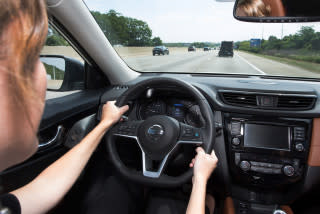
Lane position matters
Throughout suburban and urban interstate drives, we found that the ProPilot system worked best in one of the middle lanes, without a merge or exit and widened lines to confuse it. Often, we found that when lanes were added, or as we approached exits in the righthand lane, the detection system would lose our position and steering assist.
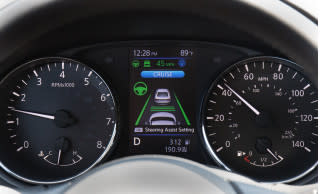
It’s close, but not close enough
Ask anyone with a daily highway slog and they know: any opening between their car and the car ahead is taken as a sign of weakness by other drivers. Small motorcycles dart in and out of lanes, brave (or stupid) drivers take too many risks. Nissan’s ProPilot works alongside adaptive cruise control to follow the cars ahead of you, but even on the shortest following setting, drivers were impatient enough to jump ahead of our Rogue. It created some quicker stops than expected and frustrated drivers behind us but prepare to go elbows out in stop-and-go traffic.
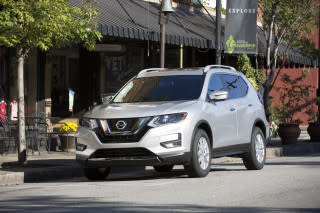
Right light
Like other lane-following systems, Nissan’s ProPilot Assist requires good lane visibility to work properly. For those of us who don’t live in smile states, that could be an issue during inclement weather (more on that in a minute) or in mud seasons before lanes are restriped. Nissan’s system works better than others we’ve experienced, but it still needs clearly marked lanes with high contrast roads underneath them to spot its direction. Similarly, sun glare (read: early morning commutes) can temporarily confuse the sensors too.

Whether on weather
ProPilot won’t work with the windshield wipers on low or high settings (intermittent is OK) or if poor weather is obstructing the lane markings. In Denver, that could be weeks, or even months, that ProPilot Assist is unable to help in traffic, although automakers and departments of transportation are working on infrastructure-to-vehicle communications to provide lane information during inclement weather. Bad weather may be when drivers need the most help to stay safe, but for now, technology doesn’t have an answer.
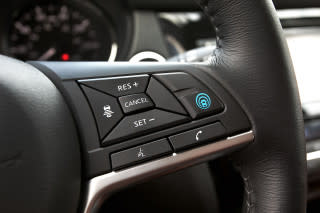
Ease of use
Nissan’s ProPilot is a single button, mounted on the steering wheel, that can turn the system on while driving. Press the ProPilot button and active lane control finds lane markings, set the adaptive cruise control and the Rogue starts to follow the car ahead at a specified distance. It’s not quite eyes-free yet, but it’s better than diving through menus to turn the system on.
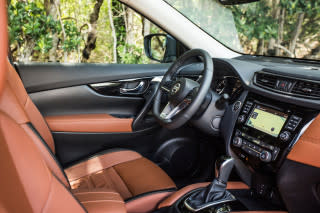
It’s a first step for Level 2
ProPilot, like other driver-assist programs, will help to make traffic jams and long drives easier to manage by supplementing driver attention with systems that are always on. Attentive drivers are still required—and should be ready to take over the wheel—but these systems add to a growing raft of safety features that are a capitulation that people are multitasking behind the wheel. (Whether they should is another question, altogether.) ProPilot Assist is a good first step for better safety for owners—and those of us who share the roads with them.
Correction: An earlier version of this story misstated when ProPilot would work with the windshield wipers on.

 Yahoo Autos
Yahoo Autos 
